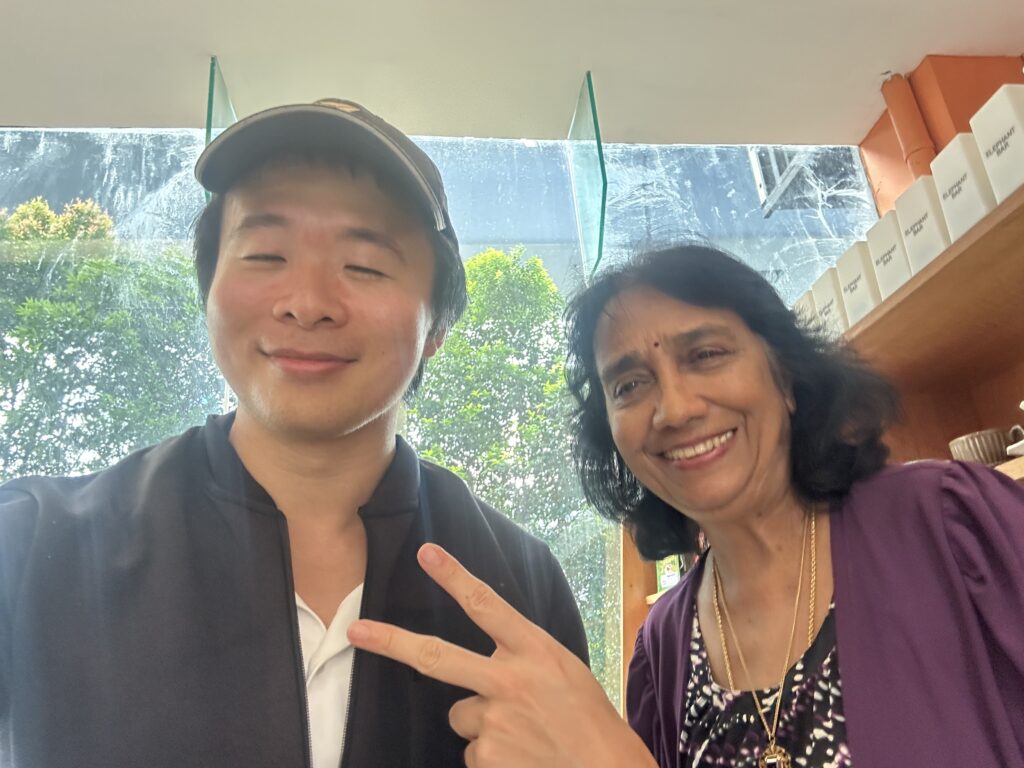How can we know it’s discrimination?
Were you actually discriminated against, or was it just perception?
You might think it’s easy to differentiate, but it’s actually not.
I can cite you hundreds of kids who got 8 A’s for their SPM exams and who tried to apply for scholarships and didn’t get the scholarship, and then went out immediately raising hell and declaring that surely they were discriminated against because their results were so amazing, yet they didn’t receive funding, declaring “It was because I was Chinese!” or “It was because I was Indian!” or even “The government is racist against Malays and it gave all the scholarships to those Chinese and Indians!”
“How do you know how they made the decision, or who applied?”, you might ask — but then faced with that, the same people might very well then cite one or two examples of people who had less good results but who managed to get certain scholarships or grants for their education that the complainer did not as they raise hell in a state of aggrievement that unfortunately, I don’t really have a lot of sympathy for.
Yes it’s true that it could be sad if you’re not from a rich family and you don’t get a scholarship and thus cannot continue your education… But to what extent is it really fair to say that you didn’t get a scholarship because of your race and not because you didn’t display enough merit?
I am sure that many people don’t even get to the point of asking this question.
It’s undoubtedly true that many people have faced some kinds of racial slurs or epithets in their lives or the realities of living in a society where race and religion are very real things that affect how we experience life in this country, but it’s unclear that this means that scholarship providers or the people who were responsible for administering any treatment, allocating financial resources, or otherwise made the decisions that they did did so because they viewed you as being Chinese, Indian, Malay, or otherwise.
It is far from trivial to declare yourself a victim of discrimination.
In fact, whether you get rejected or not, race may not have been relevant in the first place, and the reason that you might have not gotten a scholarship need not actually have anything to do with race but instead could have something to do with your income level, the quality of your interview performance, or your academic performance – there could also have been luck, chance, or circumstance along the way.
Clearly, it is quite hard to determine what exactly happened here, and not just if you didn’t get the scholarship. In fact, even if you did get a scholarship, could you definitively prove why it is that it was you who got the scholarship? If you said no, then I think you are probably on the right track — I will never know why I, a Chinese, was given a full scholarship equivalent to more than 20 years of an average Malaysian’s annual income, to complete my education overseas — but I would probably not conclude that it was because of discrimination either positive or negative.
What if we move beyond this very limited context into understanding some of the more broad-ranging questions that we might have out there about discrimination in universities, workplaces, or otherwise in domains that extend beyond our personal lives?
Well, clearly the complexity increases.
- Did students not get admitted to a particular university because they were of the wrong race?
- Was it because of their academic performance?
- Was it because of a particular affirmative action policy or was it because of the lack of an affirmative action policy?
- Did they even apply in the first place and if they did, did they apply seriously?
- Were there other factors that were not considered?
Whatever your answers to the questions above, and in the context of any and all of the answers whether provisional or settled that you gave to those questions earlier, can you prove your assertions beyond a shadow of doubt?
If you have no answers, then good – you’re in the right place.
Let me draw this to a close by first telling you what I am NOT saying.
I am not saying that discrimination does not exist in our society; it can be very real and present.
You can feel it subjectively with all the force of a thousand hurricanes, and however it is that you choose to go through life as you view the world through your lens of perception, that lens is yours and yours alone to decide what to do with the whole to refine and to look through and to behold the universe and its truths, lies, half-truths and half-lies, as it filters itself out to you in the limited span of your perception and really, if you feel that way, are you really wrong…?
But all I am saying is, before you conclude that something is discrimination, you may want to take a step back and ask yourself, “Is it discrimination? Am I sure that that’s the case? Can I prove it?”
Perhaps there, beyond the informational asymmetry that you may try to but never completely resolve, you will find yourself going into statistics – the statistical discrimination of Phelps and Arrow (basically, making decisions about individuals on the basis of what you observe about the average behaviors or qualities of groups), understanding how groups may be treated differently across time and space, and learning to think about both the discriminations that exist in the world and how to excel in that world anyways, damn any discrimination that may come along the way – Even if discrimination should exist, you may well then be thinking, “I will be the one to overcome”.
…Or will you choose not to engage in the process in the first place because stereotypes shape or confirm your beliefs?
Sure, the lens is modulated by attention, shaped by the evidence of our senses, beliefs, value systems, and history of prior interactions with the world, but it seems to me that while discrimination is a possibility, assuming that you are discriminated against at first glance against all evidence and at smallest moment of notice is a slippery slope towards a different kind of evil: playing victim, which, as a phenomenon, has its own fair share of maladies.
So yes, is it really discrimination?
I can’t answer that question for you in your unique situation, but if there was something that this blog post was meant to accomplish, hopefully it was to make you look around you and look at the world and begin to ask the question.
Alright, and that’s all I have to say about that, and I’ll see you in the next one!
Yours,
Sepupu.



